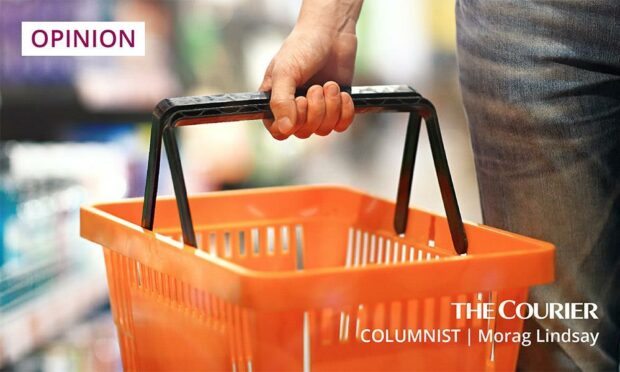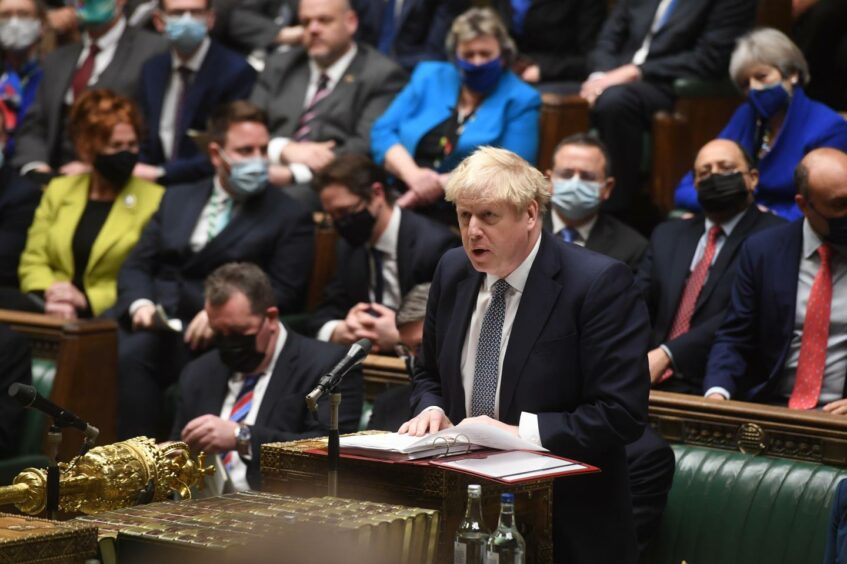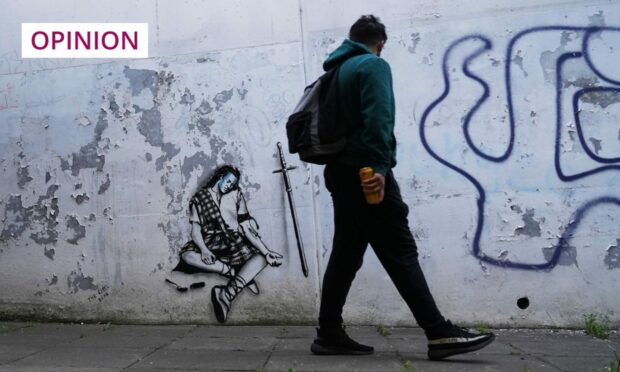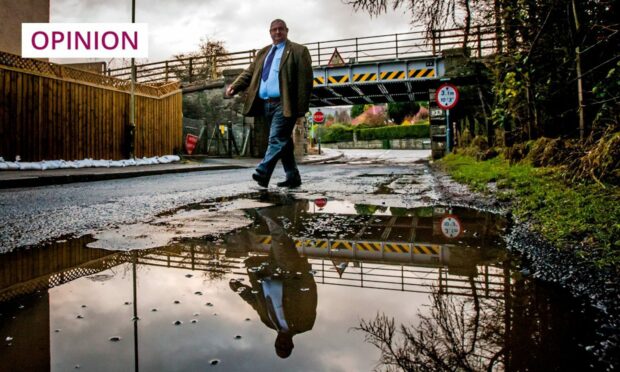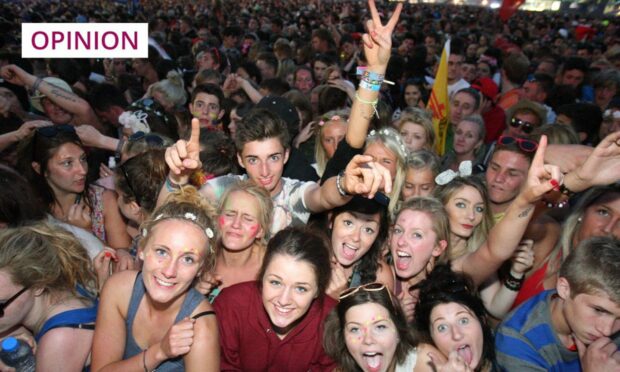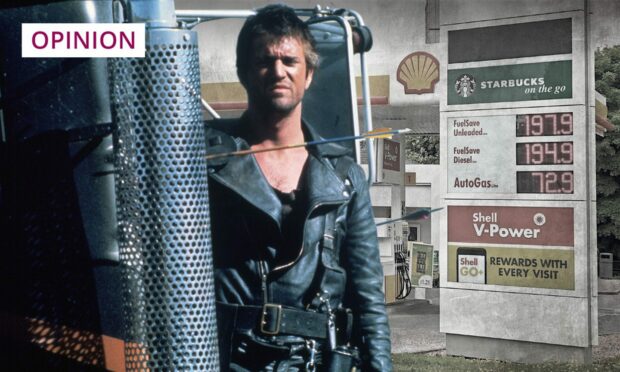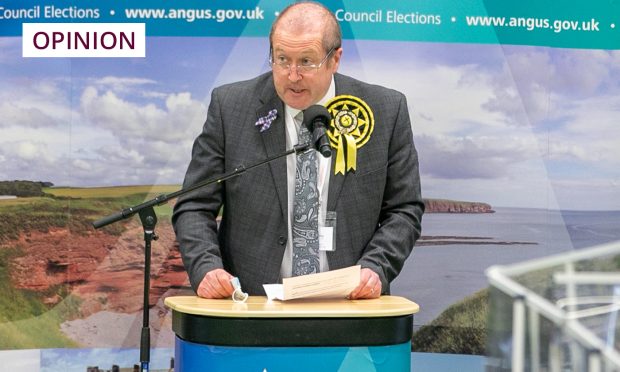I suppose there’s some comfort in knowing I’m not the only person finding there’s a lot more month left at the end of the money these days.
But not much.
It’s the rising cost of living, not wasteful spending, that means I honestly don’t know how I’d cover the petrol bills if I had to go back to commuting every day again.
This week’s inflation level – 5.4% – is the highest in almost 30 years, we’re told.
And some analysts are warning it could go higher still.
Now I’m no economist but that doesn’t sound great.
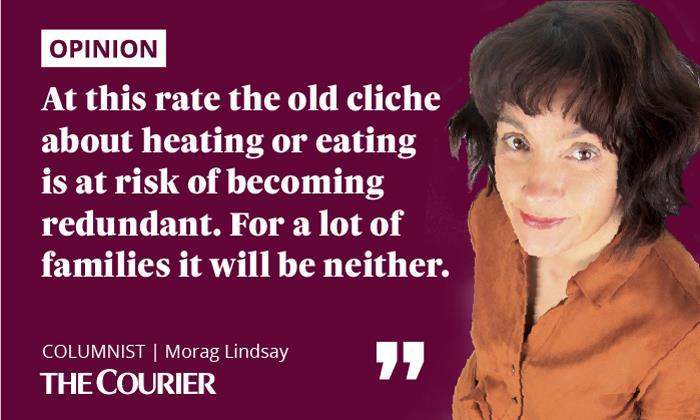
Inflation is one of those vague concepts I always thought I’d understand by now.
I don’t.
But I saw the impact of rising prices spelled out in far starker terms by the cook and food poverty activist Jack Monroe this week.
In a devastating thread on Twitter, she listed the cost of a series of everyday items in her local supermarket.
The cheapest pasta was 29p for 500g last year. Today it’s 70p. Rice has gone up from 45p for a kilogram bag to £1 for 500g. Peanut butter was 62p. Now it’s £1.50.
Even I can tell those increases add up to way more than 5.4% for people on the tightest budgets.
And Monroe knows of what she speaks.
Woke up this morning to the radio talking about the cost of living rising a further 5%. It infuriates me the index that they use for this calculation, which grossly underestimates the real cost of inflation as it happens to people with the least. Allow me to briefly explain.
— jack monroe (@BootstrapCook) January 19, 2022
She raised her son as a single mum on benefits and made her name with a blog that explained how she fed them both on £10 a week.
It’s a sin she had to do it then.
I don’t see how she could manage it today.
Costs of living is rising across the board
Food is just one area where prices are spiralling, in part due to retail staff shortages and delays at UK ports.
The petrol price hit a record high of 145.8 pence a litre last month, compared with 114.1 pence 12 months ago.
Interest rates are likely to go up this year, taking mortgage payments with them.
The 1.25% National Insurance rise to fund social care takes effect in April.
Before then, a looming rise in the price cap on energy bills is expected to increase costs by £500 per household. Five hundred pounds.
At this rate the old slogan about heating or eating is at risk of becoming redundant.
For a lot of families it will be neither.
Cost of living pain won’t be shared equally
There was a sickening twist to Jack Monroe’s thread though.
The cost of luxury items hasn’t risen at anything like the same rate.
The same supermarket’s upmarket ready meals range cost £7.50 a decade ago and is £7.50 today.
The Dine in for Two range is still £10.
If their prices had risen at the same rate as the cheapest rice they’d cost £25.80 and £34.40 respectively.
Funny that eh?
So many have no idea how expensive it is to be poor. How much more you get charged more for power on a meter, how much more difficult it is to get to appointments or do the shop and how you might need taxis and how expensive they are, how you get charged higher interest to borrow
— Dr Bethany Usher (@bethanyusher) January 20, 2022
Same goes for energy costs.
That £500 rise in bills is the average.
If you’re trying to feed a meter, as many low-income families are, your costs are going to rocket.
Higher mortgages mean higher private rents.
A 1.25% National Insurance rise might be the last straw when you know where every penny of your low wage is going at the moment.
You get the picture.
Who still thinks we’re all in this together?
It would be wonderful to imagine there are people in the corridors of power setting aside their cheese and wine – supermarket finest label obviously – for long enough to devise measures to prevent the poorest people from falling through the safety net.
And there are things the UK government can do.
It’s been urged to consider waiving VAT on energy bills.
It could offer targeted support to people on low incomes.
But does anyone still expect them to be approaching this latest crisis in a spirit of “we’re all in this together”?
Not after the last few weeks and not while there are blackmail allegations to be spun away, alongside the partygate excuses.
So as budgets are squeezed tighter it’s going to come down to our better angels to protect the people on the margins.
Our communities need our support
There are foodbanks, family centres and charities across Tayside and Fife which are already working flat out.
Organisations like the Trussel Trust, Fare Share, or any number of smaller services run by churches and community groups.
There’s a foodbank in my home town, Auchterarder, for god’s sake. On the doorstep of Gleneagles and home to two of the five most expensive streets in Scotland.
You can bemoan the fact our society needs them but there are people in our communities who rely on them now.
Probably people you know.
They’re going to get busier. And they’re going to need more support at the very time there’s even less money to go around.
If you can afford a spare 70p for a packet of pasta or £1 for a pack of rice, maybe think about buying an extra one and putting it in the foodbank basket this weekend.
If you can afford both, buy both.
And just be thankful that, for now at least, you’re not having to make impossible choices between the two.
